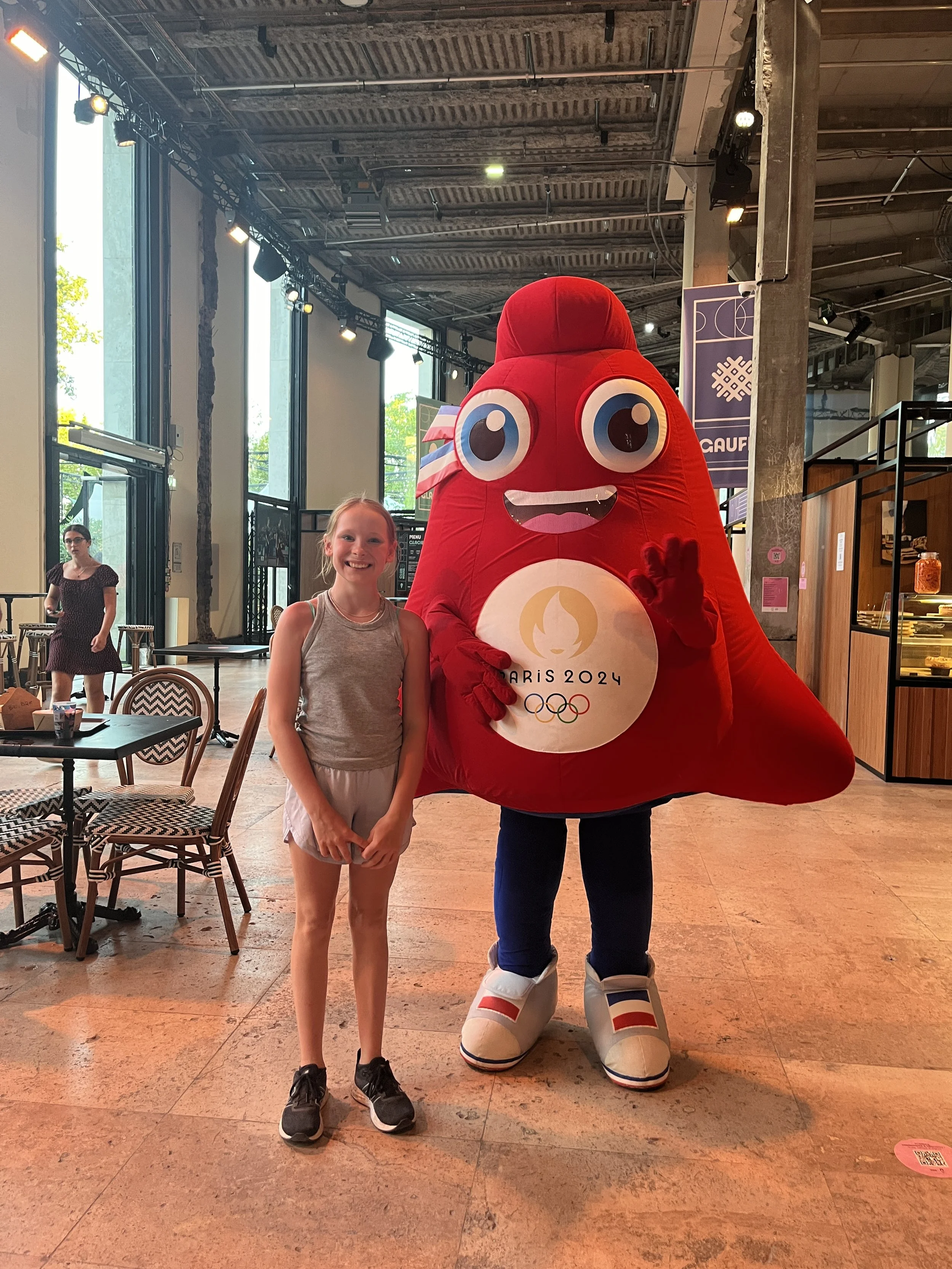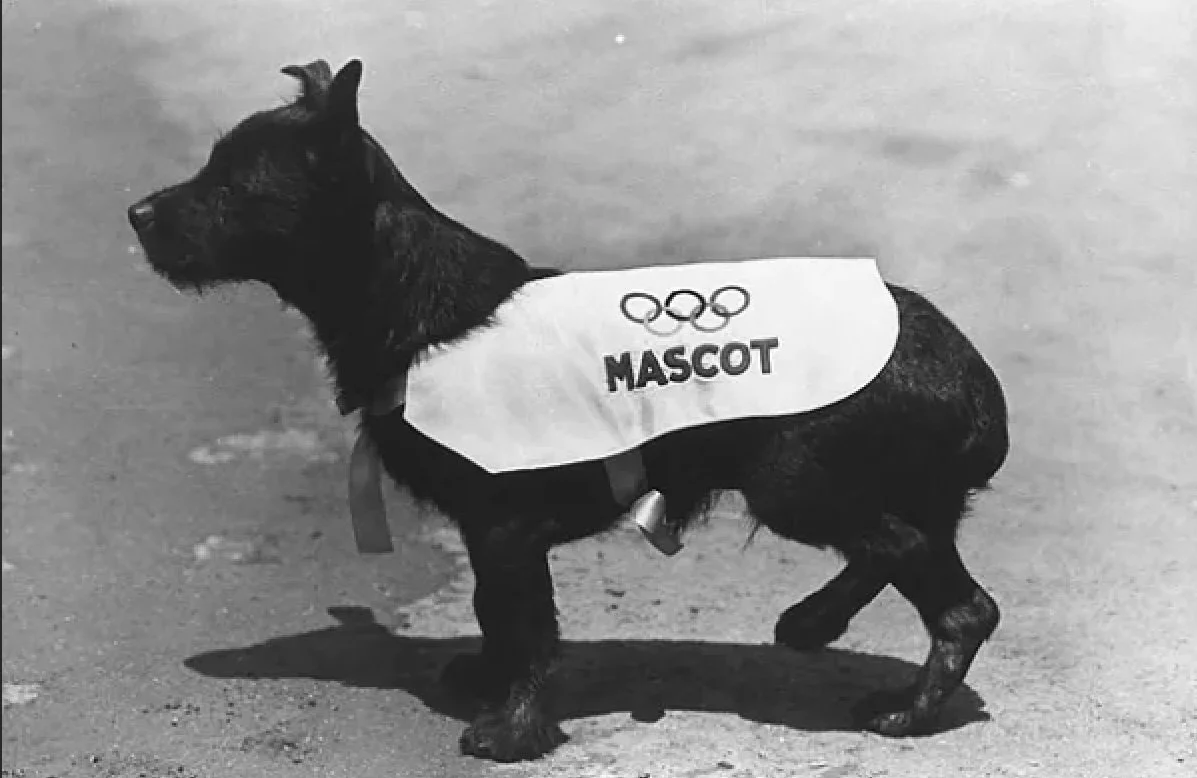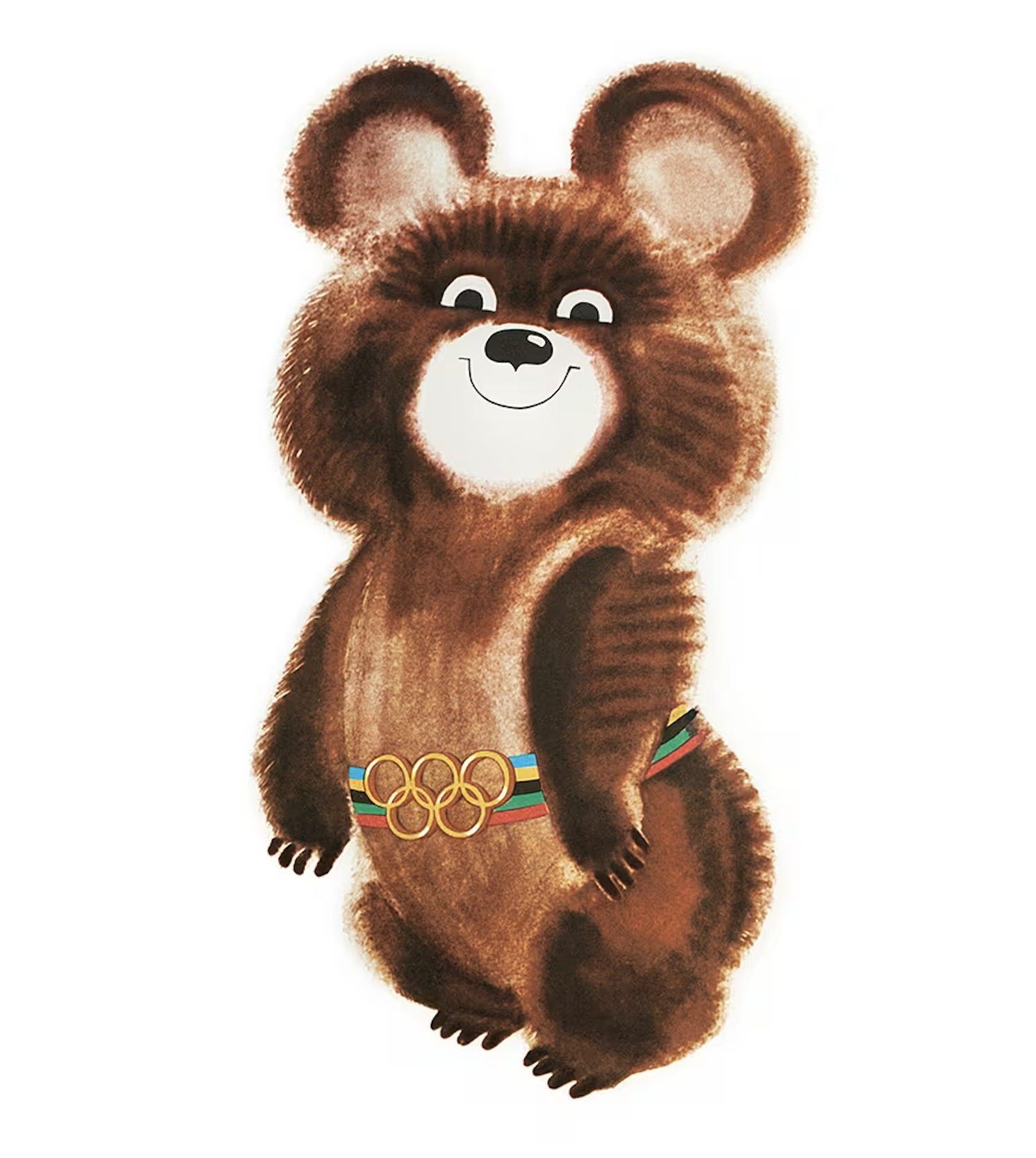Phyge, Fatso and Friends
During my time at the Olympics, seeing the mascots, and feeling the unique atmosphere that is the Olympic games piqued my interest and caused me to fall down a rabbit hole of past olympic games. While researching I took a particular interest in the Mascots representing each game. In this blog post I wanted to talk about the specific Olympic mascots I found to be the most interesting. Olympic mascots have become a beloved tradition that represents the culture and traditions of the host country. The very first mascot appeared at the 1932 Los Angeles Summer Games and was a real dog named Smoky, who was discovered in the Olympic Village. Smoky became the unofficial mascot when he was given a little coat labelled "Mascot" alongside the Olympic rings. Smoky was the first and last living Olympic mascot, and there wouldn't be another mascot for almost 40 years until they officially became a tradition at the 1968 Winter Olympics in Grenoble, France. The mascot there was Shuss, a small ball like figure on skis with a quirky and charming appearance. While Shuss might not be the most memorable or unique, being the first official mascot earns him an honourable mention.
After Shuss, mascots became a regular feature of the Olympic Games, though they didn't initially gain much attention. This changed with Misha, the brown bear mascot of the 1980 Moscow Summer Games. Misha's adorable and cheeky personality won over hearts worldwide, leading to his own animated TV series and even a crossover with Mickey Mouse. At the closing ceremony for the games Misha was sent off into the sky by balloons. Fans were sad to see Misha go, but he has made several surprise cameos in later Olympic Games.
Jumping forward to the Sydney 2000 Games, there were three official mascots, each representing an animal unique to Australia: a platypus named Syd who represtented the host city of Sydney. A kookaburra named Olly representing the Olympics, and an echidna name Milly representing the Olympics being on a millenia. However, it was an unofficial mascot, Fatso the Wombat, who truly stole the show. Fatso was created in protest against the official mascots, as many Australians found them unappealing. Fatso became so popular that the Australian gold medal swim relay team even took a Fatso stuffed animal with them onto the olympic podium.
Finally, there's the Paris 2024 mascot, The Phryge. This mascot is based on the Phrygian cap, a symbol of liberty and freedom from the French Revolution. Seeing The Phryge throughout our time at the Paris Olympics has been such a cute and fun way to represent the rich history of France.
Overall, I believe mascots add an important element to the Olympic atmosphere, and learning about past mascots has deepened my appreciation for them. I'm excited to see what future mascots will bring to the Games.







